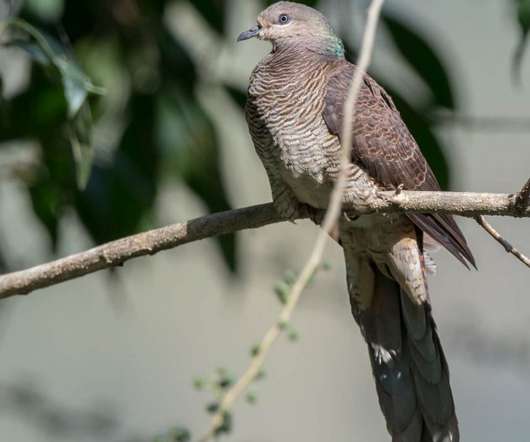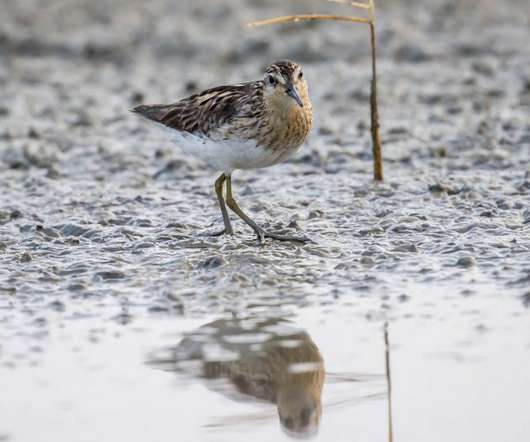Birding Hongbenghe, Yunnan
10,000 Birds
JUNE 23, 2022
The Blue Whistling Thrush is presumably named for its loud human-like whistling, and possibly for being blue. The Latin name “ chinensis ” is somewhat misleading as is much more common in Southeast Asia than in China – apparently, it was chosen in the mistaken belief that the type specimen had come from China.











Let's personalize your content